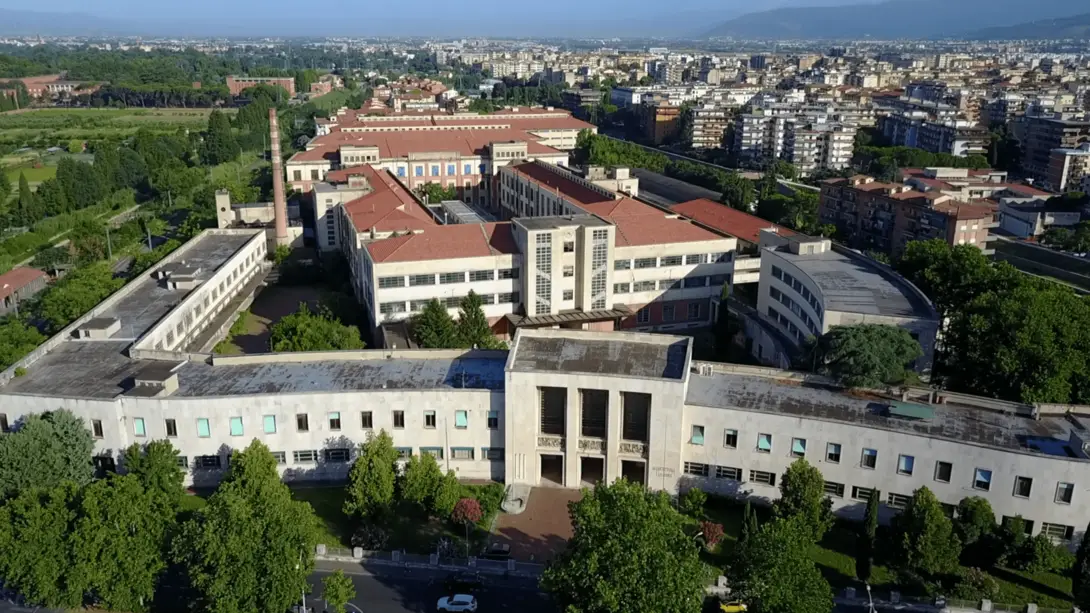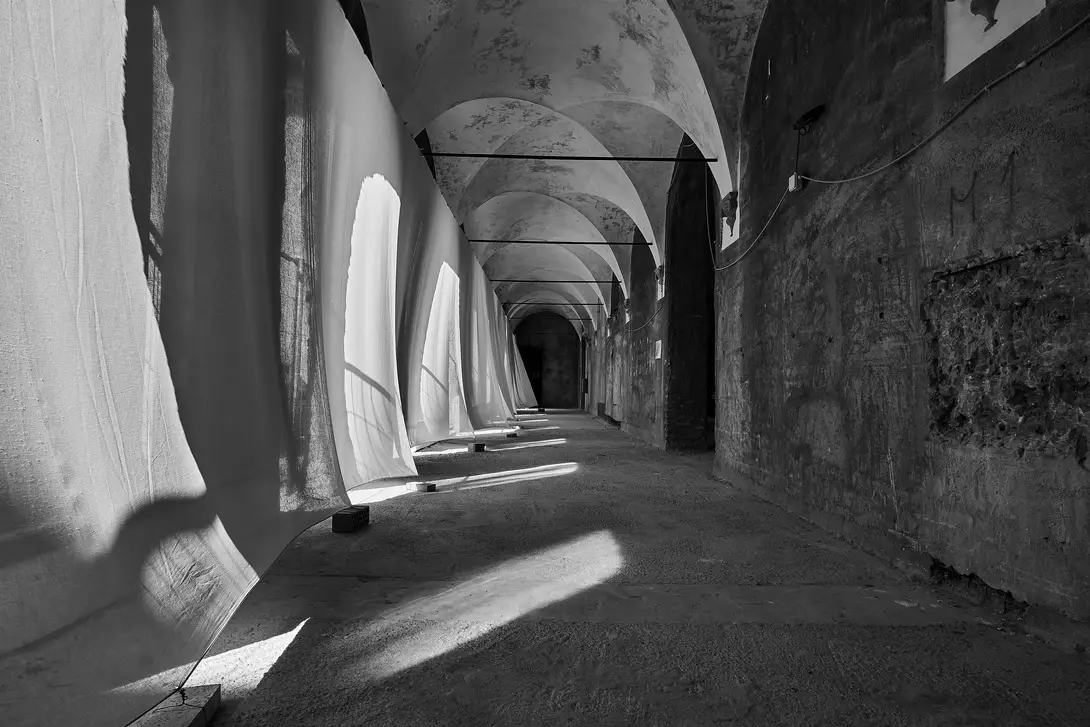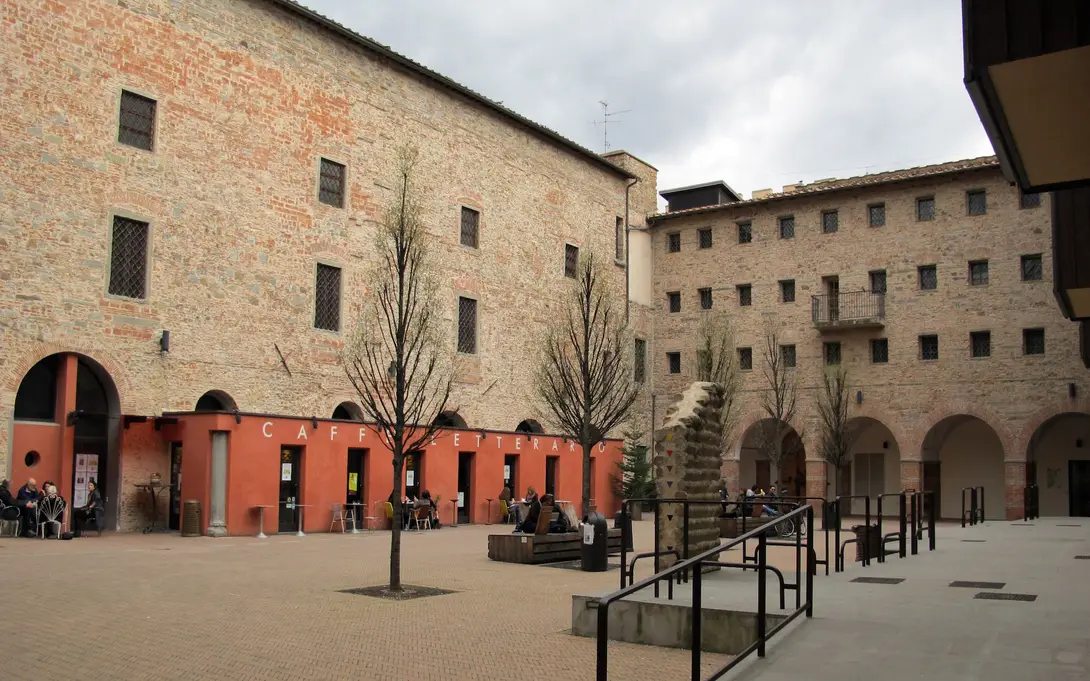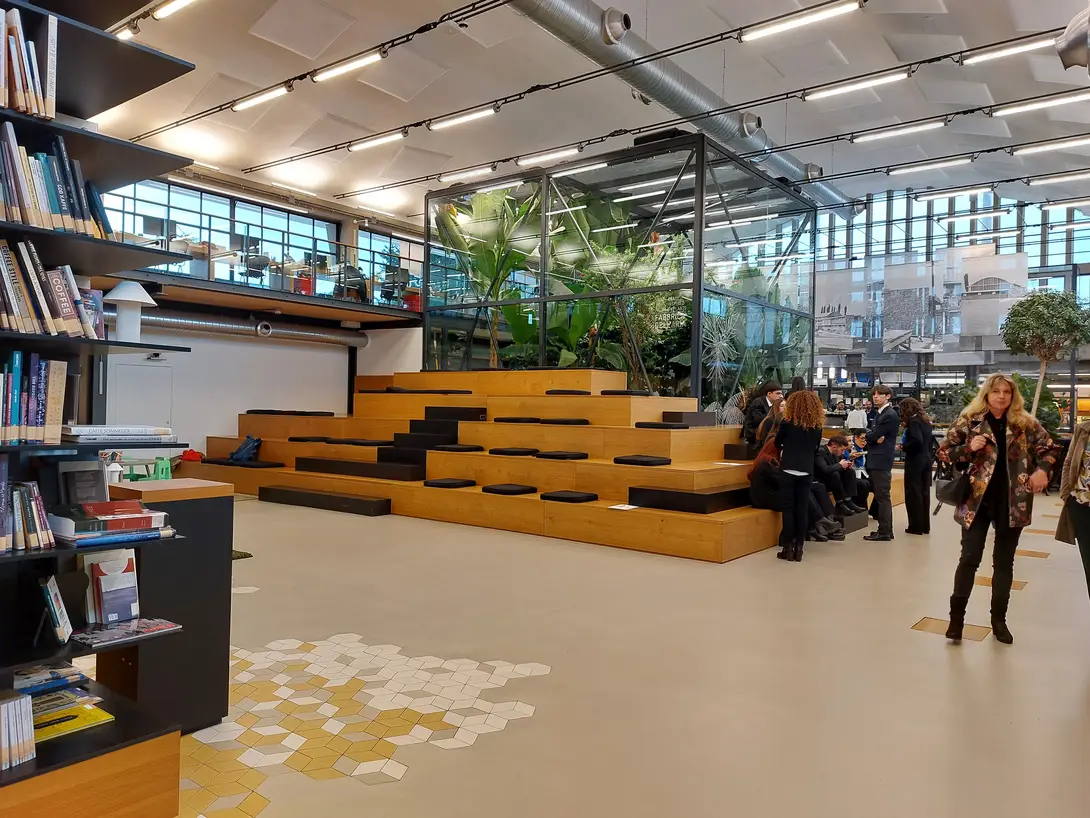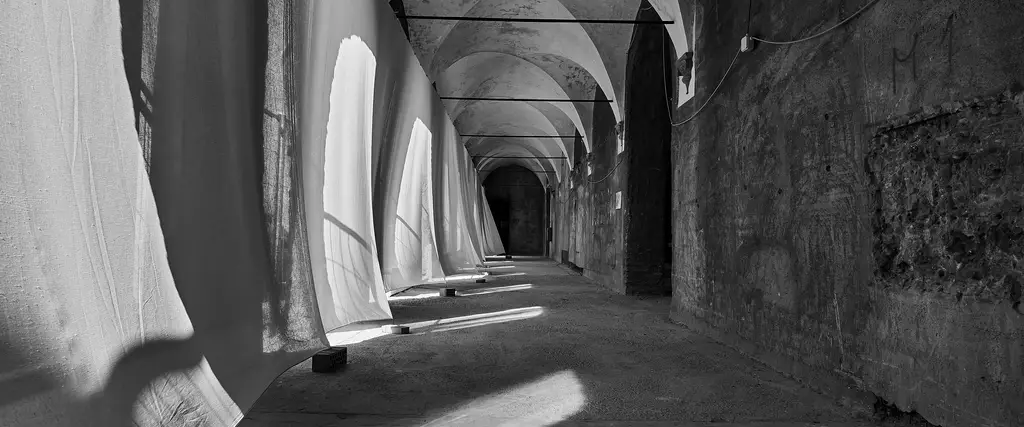
A new life for four places between Florence and Fiesole
It’s not unusual that buildings with a long history or who boast a long productive activity lose their purpose at some point, and end up being closed up and unused for many years, even decades.
This itinerary will lead you to four places (3 in Florence and one located in the Municipality of Fiesole) that, thanks to new projects, the urban regeneration process and new investors, today have found a new modern life.
The first stop of this itinerary is the immense space of the Manifattura Tabacchi, at the edge of the Parco delle Cascine. This is a district of buildings that were once used for the production of cigars and had fallen into disrepair. The space is gradually being reclaimed with areas dedicated to culture, shopping, study, and private residences. It retains its rationalist and industrial appearance without having undergone drastic changes; it hosts numerous venues frequented by young people of all nationalities. To discover the most vibrant side of Florence, it's worth a visit.
Proceeding towards the center of Florence, there is another vast place, an ancient convent, used for various activities during the centuries (it also served as a tobacco factory) and then left waiting for a new purpose for a long time. Now, however, Sant'Orsola, in the San Lorenzo area, is flourishing again: it retains its structures, even uncovering ancient ones, but on this foundation, something new is being created in order to turn it into a large cultural and research center. Work is currently in progress, and it's worth keeping an eye on because openings are frequent.
The Murate prison was also a convent, as the name suggests; it was abandoned when the prison was moved out of the city. It has undergone an intelligent restoration, housing young businesses, start-ups, and cultural institutions, as well as residences for citizens and common spaces. We are just steps away from Sant'Ambrogio and Santa Croce, and here too, in the two new squares created where the internal courtyards once were, there is a vibrant atmosphere.
The last place of our itinerary is on Via Bolognese, within the municipality of Fiesole, and was once a factory, La Marzocco, known for its espresso machines. The industrial spaces have been restored, and a center, the Espresso Coffee Academy, has been created to share the culture of this beverage, so important to us Italians. The center includes spaces for workshops, presentations, and exhibitions, as well as a small themed library and a historical archive, plus an indoor plantation... definitely worth a visit!
Comune di Firenze
The places
Stages
Manifattura Tabacchi
Manifattura Tabacchi is an ex-industrial area of 100,000 square metreswhich is located in the immediate vicinity of the historic centre of Florence: the complex houses 16 buildings, elegantly arranged to create a variety of squares, streets and alleyways. Constructed in the1930sby Pier Luigi Nervi, the Manifattura representsone of the most significant expressions of Italianrationalist architecture. Up until its closure in 2001, the site produced cigars and cigarettes.
The redevelopment project is based upon the restoration and conservation of the site, enhancing its unique character and historical importance. With an innovative process of urban regeneration, Manifattura Tabacchi, will actas a magnet for contemporary art, fashion, education andnew trends in craftsmanship.
Nowadays the premises house events, resident artists, crafts; the international fashion school Polimoda is there together with a lively café-restaurant. In summertime open air cinema.
The Sant'Orsola (Saint Ursula) Complex
The Sant'Orsola Complex, located in the San Lorenzo district, is undergoing a phase of recovery and re-functionalisation on the basis of an agreement that regulates, for the next 50 years, the use of the spaces of the former convent in the heart of Florence's historic centre.
Since it occupies an entire block, the project envisaged that the three courtyards (the Cortile dell'Orologio, the Cortile della Spezieria and the Cortile del Tabacco) as well as the access points from the four streets, which are Via Guelfa, Via di Sant'Orsola, Via Taddea and Via Guelfa, would be public spaces.
The street gives access to the ground floor, which is conceived as an extension of the district and the city's functions, while the upper floors are intended to accommodate training and professional development activities.
Public functions will include a museum dedicated to the history of the complex, a Professional Training Centre with meeting rooms open to the city, spaces for start-ups, a guesthouse, a playroom for children and a library.
Part of the large complex will instead be devoted to artists' residences, and craft professions, with appropriate exhibition spaces.
The history of the former convent in a nutshell:
1309 foundation of the Benedictine convent and St Ursula's Church
1327 to 1627 various extensions of the convent
1773 suppression by Leopold of Lorraine of the religious companies
1808 suppression by Napoleon's edict and transfer to the state property ends religious function
from 1816 to 1818 it was converted into a tobacco factory (later transferred to the Nuova Manifattura in the Cascine area in 1940)
from 1945 to 1968 the premises are first used as a shelter for Istrian exiles and evictees and then later abandoned
1975 concession of the complex by the State Property Office to the University for a project to build accommodation and services for students
1985 project and work to adapt the complex for use as the Guardia di Finanza headquarters
2009 transfer of ownership from the State Property Office to the Province, then to the Metropolitan City of Florence
Le Murate
In the former Florentine prison of the Murate, in the area between Santa Croce and the viali di circonvallazione (ring roads), an urban upgrading plan has been implemented on the basis of a project by architect Renzo Piano. The result of that has been the creation of a housing complex, two new squares (Piazza Madonna della Neve and Piazza delle Murate), a covered gallery where visitors can find art galleries, a book shop and the well-known Box Office, besides two popular bars, a pizzeria restaurant and a Literary Café.
Accademia del Caffè Espresso
In Pian di San Bartolo (Fiesole), the building that was once the seat of “La Marzocco”, the prestigious factory that produces coffee machines, today houses the Academy of Caffè Espresso, a cultural center promoting this important aspect of Italian tradition.
Thanks to an ambitious restoration program aimed to give a new life to industrial areas, the former factory today houses laboratories, a thematic library, as well as social and exposition spaces. The interactive exhibitions alternating during the year all revolve around coffee: from the history of its production, to the lives of women and men who contributed to the diffusion of this worldly beloved beverage.
The Academy organizes courses, tastings and guided tours, in Italian and in English.
The building also features a beautiful “Air Factory” (designed by neurobiologist Stefano Mancusa), an air purification system that was made within the existing coffee plantation so that now it’s coffee plants that clean the Academy indoor air.
